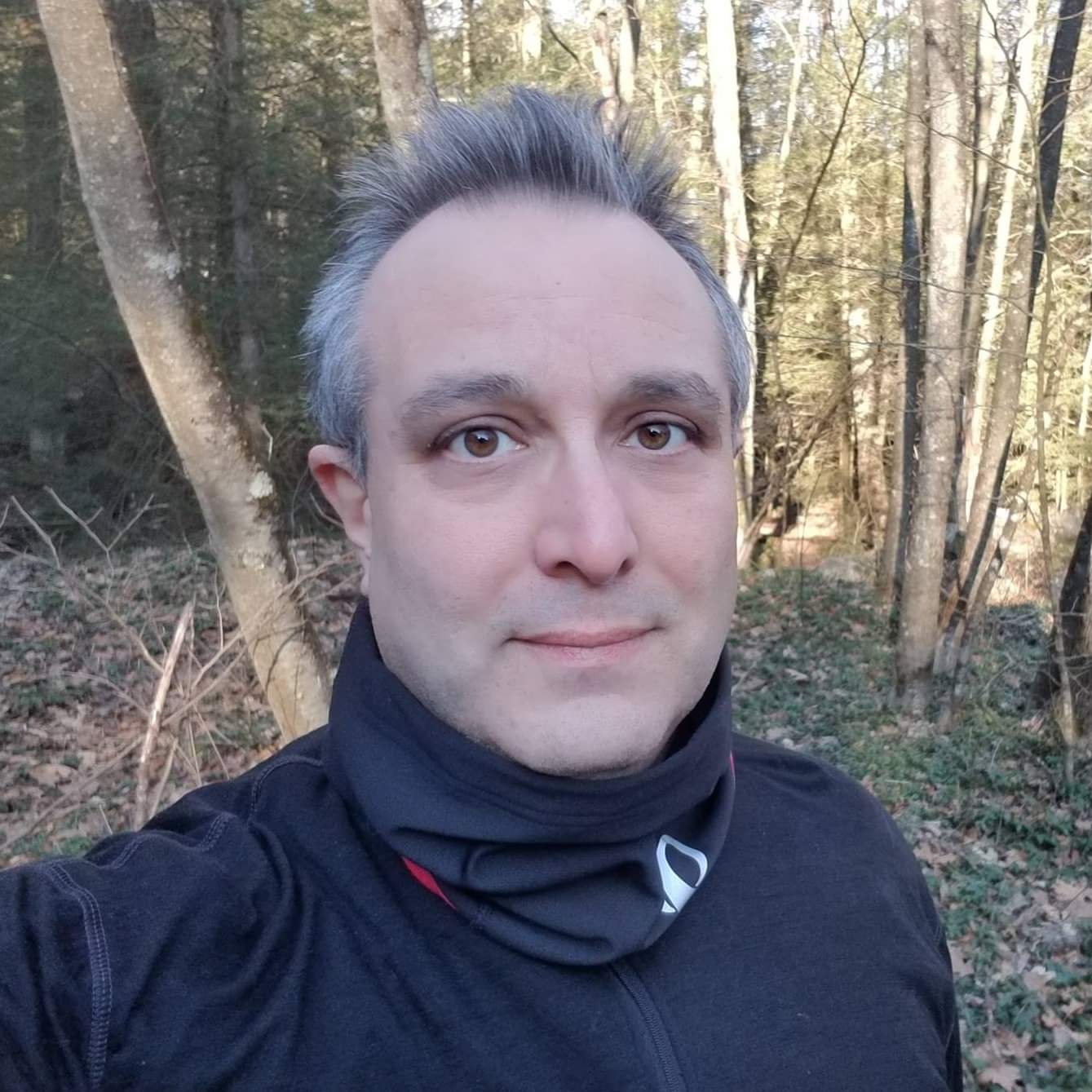Hasselblad
- Derek Jecxz

- Sep 13, 2018
- 4 min read
Years ago, back in the film days, I worked with a Canon brand camera. Then came the digital revolution and many photographers upgraded from film to 8 or 12 megapixel cameras. I did not need digital; I needed to upgrade my artwork.

In 2005 I visited my local camera dealer to discuss upgrade options. He showed me Hasselblad’s H2 medium format film camera; I fell I love instantly. Medium format film is larger than 35mm film; the H2 was intuitive, simple and well designed. The lenses were spectacular and the viewfinder was huge and bright. The H2 had a Profile function which saved all settings to a user Profile (every camera should have this, surprisingly, for instance, the new Fuji GFX100(s) does not have a Profile feature! Read more about that here.).
The H2 was extremely different than my Canon camera: far fewer technical bells and whistles (none of which I ever needed) liberated me from technology; I could see more through the viewfinder – it was like staring at a transparency through a loupe on a light table – which allowed me to see more. I worked more creatively and became more methodical, more deliberate; I focused on the artwork, not the tech.

I learned quickly that the upgrade was not without issues. There were some film advancing issues, among others; Hasselblad marketed the H2 as the world premier camera system, yet the H2 locked up randomly. Figuring out technical stuff while in the middle of a creative stream of conscious killed the mood. Thankfully, after talking to someone at Hasselblad in Sweden, every issue was resolved with either a firmware update or work around. There were no more frustrations afterwards, the H2 felt natural, like an extension of my body; I used it in all types of conditions, from -18F to 115F, sand, dust and sea. The H2 had traveled with me from Cartwright, Labrador to Yellowknife in the Northwest Territories and countless places in between.
By the end of 2007, I needed out of film. It was increasingly more expensive and most developers in New York City had gone out of business due to the industry’s switch from film to digital. Development costs ran me between $1,000 and $2,000 after a short three week journey. Hasselblad’s new 39 megapixel camera, the H3DII39, seemed like the obvious next step and all my Hasselblad lenses worked with it. While incredibly expensive, it was totally justifiable. My local camera shop did not sell Hasselblad digital and I was forced into a “pro” camera store in Manhattan (not B&H) that boasted connections with famous photographers. Not being famous myself, I was nothing to them and they treated me like so. They had to "legally inform me" that the H3DII39 was not rated (by Hasselblad) to work in less than 32F degrees. Really? Yes, true. Also, the H3DII39 had a maximum shutter of 32 seconds – a deal breaker – however, a firmware update would extend that limitation soon. The store also wanted to sell me a next day replacement loaner program in the event the H3DII39 broke down, however, they refused to explain how it would get to me if I were in South Dakota, Nebraska or the Yukon. I realized this was a "pro" vanity camera store that serviced pretentious New York City photographers who had assistants that wiped their nose, arse and supplied the cocaine. Unfortunately, Hasselblad had a limited dealer network; with nowhere else to purchase, I reluctantly made the deal.
The initial experience with the H3DII39 was like the H2; there were several irritating malfunctions. Obviously, Hasselblad did not work out the bugs. This time, Hasselblad refused to work with me and pushed me back to the "pro" vanity camera store. The store acted as if they had warned me beforehand. I pleaded for help. I wrote nice emails instead of taking a harsh and demanding stance, get more with honey than vinegar; the next step would have been litigation. The store took the H3DII39 body back, shipped it to Hasselblad and gave me a brand new one. Idiots! Same problems with the replacement. The problems were firmware related.

It was sad to realize Hasselblad was not the company their marketing portrayed them to be. Gorgeous landscape photographs of faraway places? Who shot those images if the system randomly locked up or frequently failed? I felt like I was Hasselblad’s field equipment tester (again). Walk away from Hasselblad? I would have lost my investment in the lenses. How do I make lemonade? I reached out to Hasselblad’s New Jersey office and spoke to Paul; his dad had worked at Hasselblad too. Paul was the right man. I drove to New Jersey, showed him the issues and Paul realized immediately the issues were firmware related. He talked to Hasselblad in Sweden and shortly thereafter the firmware was updated. Getting the 32 second shutter limitation lifted was another affair; the limitation meant the H3DII39 would be useless for much of my work. Fortunately, they did not forget their promise and sent me a special firmware version just for my camera (all other H3DII39s remained limited to 32 seconds). It allowed me to work with much longer exposures i.e., several minutes. Hasselblad was also extremely apologetic about my experience with the "pro" vanity camera store.
As of this writing, 14 years later, my H3DII39 camera is still working like a tank; I have worked in subzero temperatures, as well as other environmental extremes, without failure.



Comments